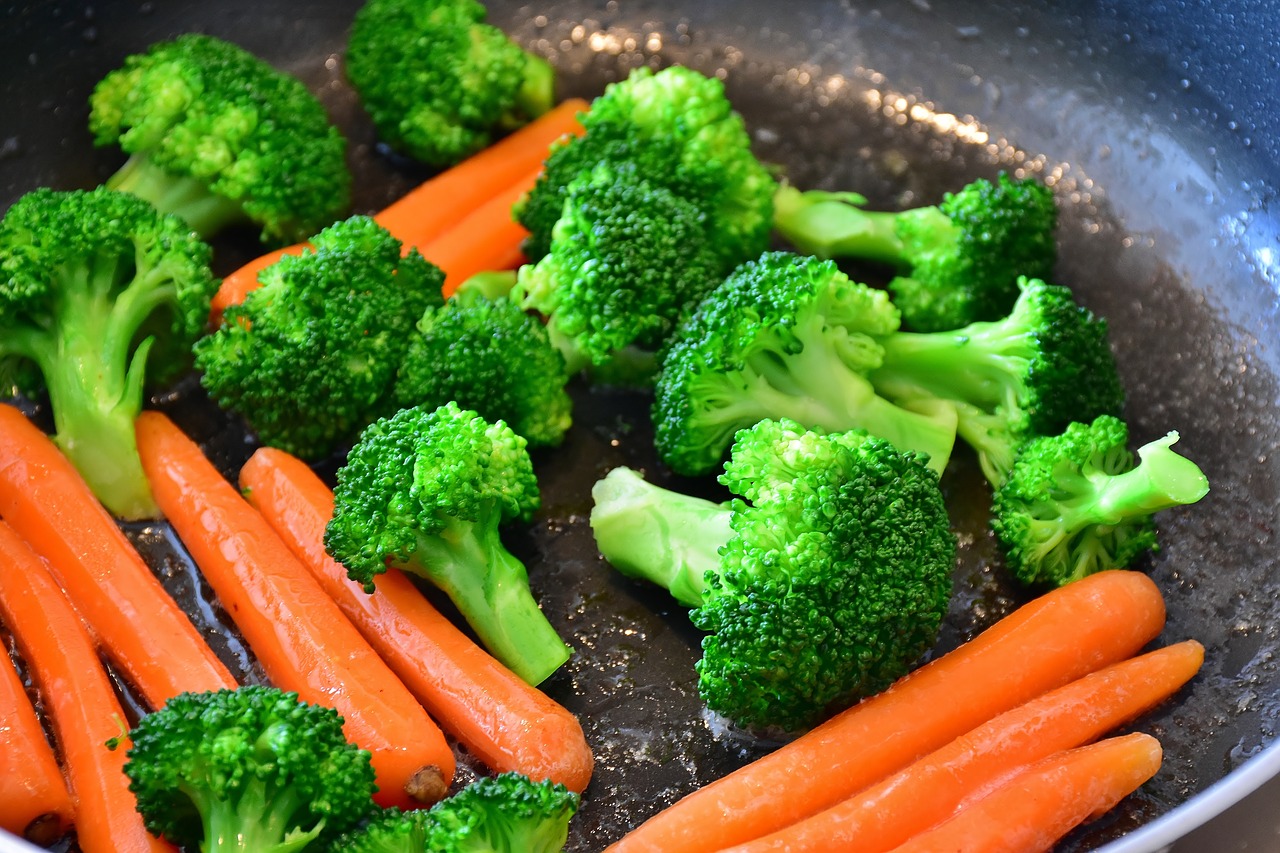Cooking big meals is super convenient for most of us. We live a very busy lifestyle and don’t have a lot of time to spend in the kitchen. By cooking bulk meals, we can divide them into portions and eat them later. But how many times can we reheat our leftovers? Not all food can be warmed up over and over again. To make sure your food is always prepared in the right way, try following these rules.
More and more of us are choosing to cook larger meals that will last several days. This isn’t only a great way to save time, but also money. Reheating pre-prepared meals prevents food wastage and stops us from being tempted to order takeaway and spend extra cash.
Which foods should not be reheated?
Most reheated dishes won’t lose their taste and consistency, but not all foods can be reheated several times. Some foods can cause anything from slight indigestion to serious diseases when reheated too many times. Here are some foods you should be careful with when reheating:
- Poultry. Poultry has a special structure of protein which can become difficult to digest when reheated. That’s why it is better to not reheat chicken too often. You can reuse cooked or fried chicken in a sandwich or a salad without having to reheat it.
- Meat – Reheating meat may not be as dangerous as poultry, if you eat the leftovers within 2-3 days, but it can change the consistency to be more dry and tough. The best way to avoid this when reheating meat is to use the same method that was used to first cook the meat. You should also remember that reheating meat in oil (frying) will increase its caloric value as it absorbs more fat.
- Eggs – It’s best to avoid reheating eggs several times. Meals that contain eggs are generally fine, as long as you make sure to heat them to a very high temperature. But if you’re reheating just eggs, for example hard-boiled or scrambled, then harmful toxins can be released and make you sick.
- Rice – This is one of the most popular leftovers people have. If stored in the fridge, rice should be fine for 1-2 days. But if you’ve left rice at room temperature then you shouldn’t risk it. Rice can contain bacillus cereus bacteria, which causes numerous ailments in the digestive system. This bacteria doesn’t die of heat, so reheating rice will not get rid of it.
Top rules of reheating foods
Reheating food is fast and easy, and can still be done safely if you follow a few simple rules:
- Refrigerate. Leftovers can keep for two to three days in a fridge set to 5 degrees celsius. If you feel like your leftovers have been sitting in the fridge for longer than that, just get rid of them. It’s not worth the risk of food poisoning.
- Reheating soups. When reheating soup, make sure you boil it before eating. Most bacteria that can cause food poisoning will die at extremely hot temperatures.
- Microwave evenly. This is the most convenient way to reheat food, but not the best one. Food warmed up in the microwave gets reheated unevenly. This can cause some food poisoning if the bacteria present in food doesn’t get killed off by the temperature. That’s why it’s important when microwaving to stop the cycle a few times and stir the food, to make sure that the whole meal is warmed up evenly.
- Reheating in the oven. When trying to warm up leftovers in the oven, make sure you preheat the oven so that it’s hot before you put the food in. When you see your sauce boiling, leave it in the oven for a while to make sure it’s hot enough to kill all bacteria.



I honestly don’t like reheating food. What I do is I reuse the leftover meat, whether its on sandwiches or on anther dish.